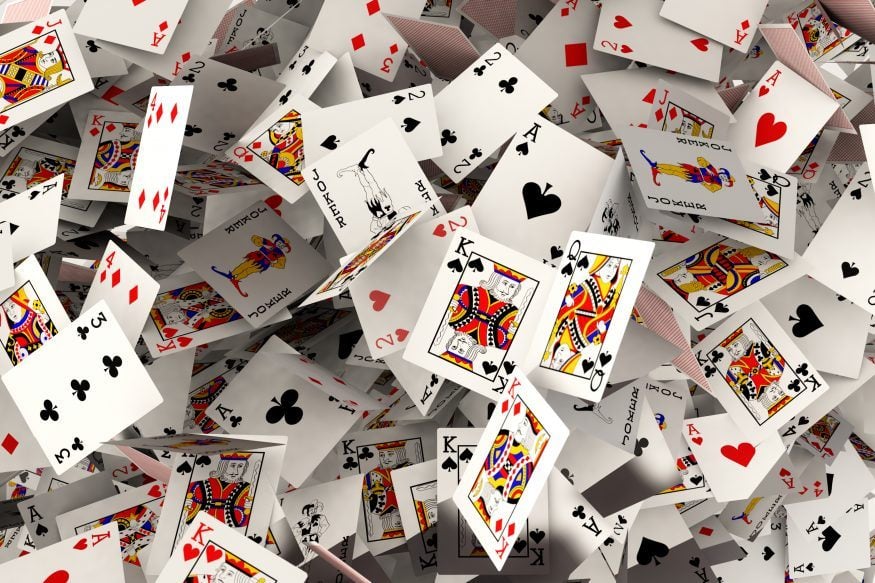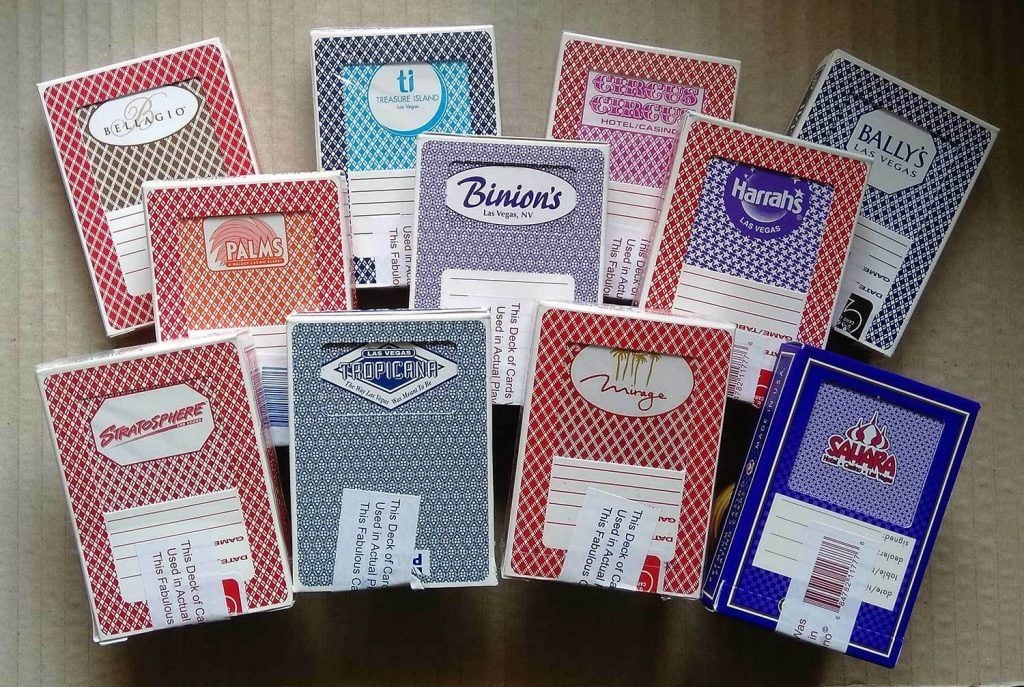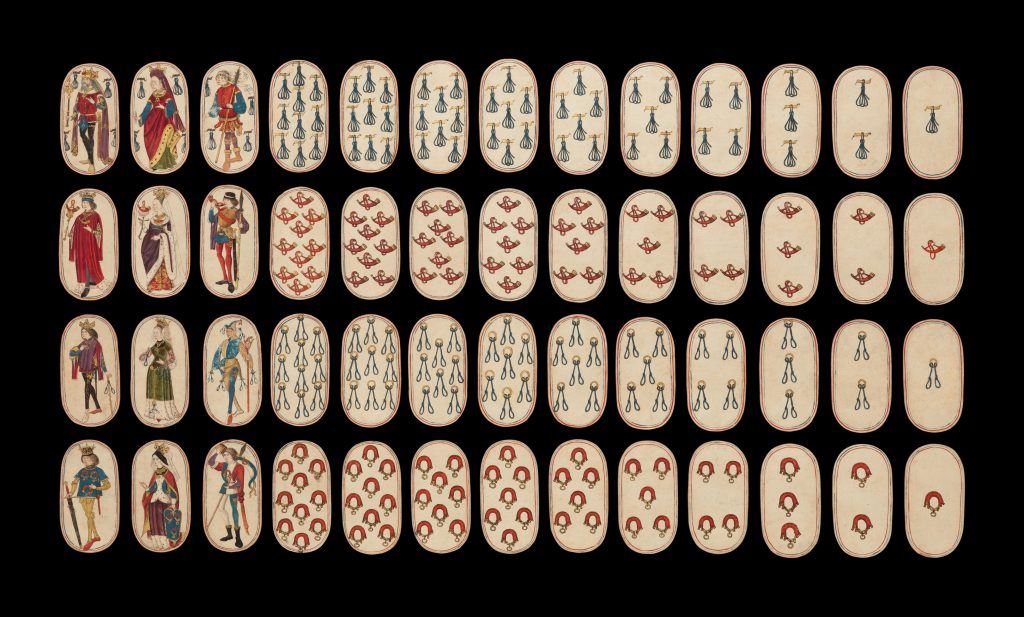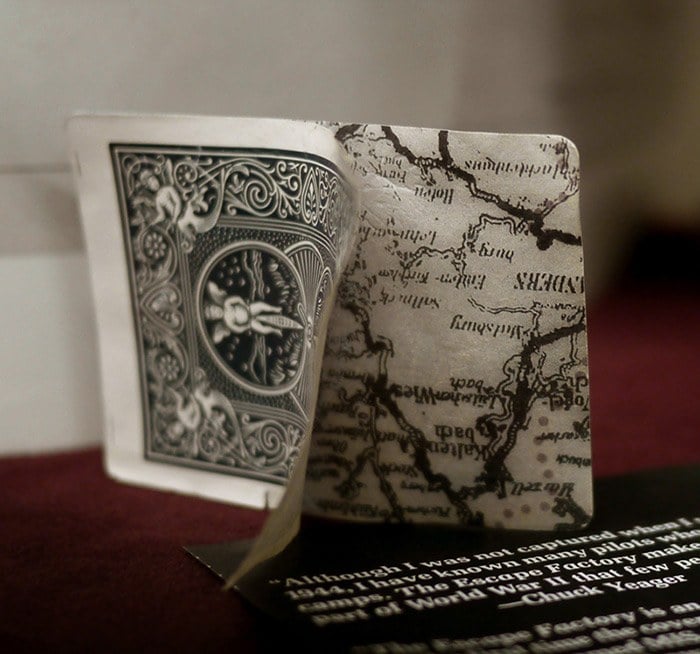10 Fascinating Facts About Playing Cards

The Story Behind the 52-Card Deck
A standard deck holds 52 cards, but this hasn’t always been the global norm. Throughout history, card decks have featured everything from 24 to 48 cards. So, why the global standard of 52? While there’s no universally agreed explanation, many experts suggest that the influence of French and British colonialism led to the widespread adoption of the 52-card French deck, which ultimately became the world’s most common version.
Symbolism Linking Cards and the Calendar
One intriguing perspective is that a deck of playing cards mirrors the calendar. There are 52 cards—one for every week of the year. The two suit colors can be seen as representing day and night, and the four suits correlate to the four seasons. Furthermore, each suit contains 13 cards, matching the 13 lunar cycles, and the 12 face cards evocatively parallel the 12 months of the year. Add up all the icons on the cards, and you’ll arrive at 365—a nod to days in a year. These remarkable parallels contribute to the mystical allure of playing cards.
Unexpected Origins: The First Decks Emerged in China
If you thought playing cards started in Europe, think again. Most scholars trace their origins to 9th-century China, where early decks were crafted from paper, bone, and wood. The first printed cards likely originated here too, appearing as 32-card sets. From China, card games spread across India, Persia, and Egypt before finally reaching Europe, spawning many regional variations along the way.
How Frequently Are Casino Cards Replaced?

Image: eBay
If you’ve visited a Las Vegas casino, you might wonder how often those decks are replaced. Depending on table action and whether cards are shuffled by hand or machine, decks can be swapped out after as little as an hour during peak periods, or up to 12 hours in quieter times. The reason for such rapid rotation? Preventing marked or worn cards from giving sharp-eyed players an unfair advantage.
A Look at the World’s Oldest Playing Card Deck
The oldest surviving full deck resides at The Metropolitan Museum of Art in New York. This hand-painted tarot deck, crafted in the mid-15th century in the Netherlands, remains in pristine condition—evidence it was rarely used. After being purchased in the 1970s for $2,800, it was later sold to the Met for $143,000. Other ancient decks, such as the Mamluk cards at Istanbul’s Topkapu Museum, are held by institutions including Yale University, which even maintains a special card database.

Image: The Metropolitan Museum of Art
Security Measures for Casino Playing Cards
Security is paramount at casinos, and playing cards are no exception. Cards used in casinos typically feature oversized symbols and characters to ensure clear visibility for security cameras. Most are made of 100% plastic for durability and so that they can withstand more frequent shuffling and handling. New packs require approval from pit bosses and dealers before being put into play, and all cards are carefully tracked. When retired, cards are either shredded or notched to prevent them from ever being reused at the tables.
Historical Figures Hidden in Card Faces
Many players don’t realize that the face cards in a standard deck often depict legendary characters. In the traditional French deck, the King of Diamonds is thought to represent Julius Caesar, the King of Clubs Alexander the Great, the Queen of Spades Pallas Athena, and the Jack of Clubs Lancelot du Lac. These subtle references connect every deck to stories of the past.
Playing Cards With a Secret Purpose
In times of war, playing cards have served surprising roles. During World War II, the United States developed special decks for Allied prisoners of war. Manufactured by a well-known card company, these cards could be peeled apart when wet to reveal hidden map fragments—tools to help POWs escape captivity.

Image: Bicycle Cards
The Most Recognizable Decks in America
Among the world’s playing cards, the Bicycle brand stands out as an enduring American icon. Famous for their use in both casinos and magic performances, Bicycle cards also gained fame after being used to help Allied prisoners escape in World War II and were rumored to play a superstitious role during the Vietnam War.
The Major Player in the Playing Card Industry
The United States Playing Card Company (USPCC) is regarded as the world’s leading manufacturer of playing cards and the top supplier for many casinos. Popular brands such as Aviator, Bee, Tally-Ho, and Bicycle all belong to its portfolio. Meanwhile, Belgium’s Cartamundi also ranks among the major global card producers, catering to diverse markets with a wide array of card games.
Conclusion: More Than Just Games
A deck of playing cards is far more than a pastime—it’s a piece of living history, brimming with symbolism, security innovations, and unexpected uses. The next time you pick up a pack, you’ll know you’re holding centuries of stories and ingenuity in your hands.








